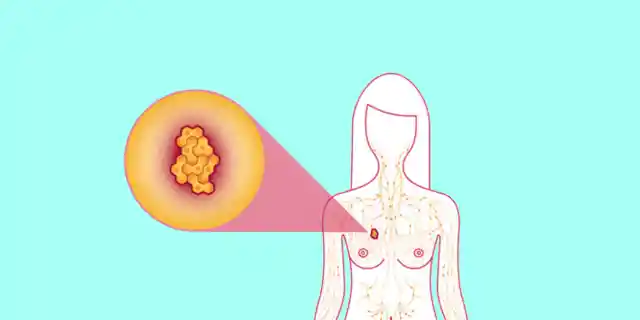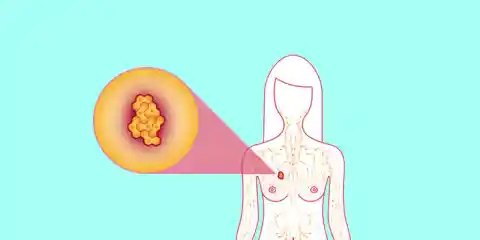

Breast cancer is among the most misunderstood of all diseases. Here are some of the most common myths that you thought were true.
Number Eight: It’s Usually Genetic
A surprisingly small amount of cases are caused by genes. Only about 5 to 10 percent are attributed to this, and for the most part, the cause is unknown.
Number Seven: Smaller Breasts Mean Less of a Risk for Breast Cancer
The cell that the cancer typically develops in are shared by every woman regardless of size. Whatever your bra size, if you’re a woman, you have the same amount of these cells and therefore are at equal risk.
Number Six: It Always Shows Up as a Lump in the Breast
Although this is usually a trait of the disease, it’s not always there. About 10 percent of women do not report lumps in the breast.
Number Five: Mammograms Prevent It or Reduce the Risk
These tests are designed to detect existing cancer, not to prevent it or reduce the risk. They are encouraged because the earlier you seek treatment, the better your chances are of beating it.
Number Four: Mammograms Cause It
Many people believe this due to radiation present in the machines. The benefits or receiving mammograms heavily outweighs this minuscule risk, however.
Number Three: Birth Control Causes It
Studies done in the ’90s suggested that certain pills led to an increased risk of breast cancer, but the formula for these pills has long since changed. The research also showed that the risk was diminished after the women ceased the prescription.
Number Two: Young Women Never Get It
Although it’s true that woman who get this illness are typically above 50, it’s possible for younger women to develop it as well. In fact, 25 percent of sufferers are under 50 years of age, which will probably surprise a few people.
Number One: Antiperspirants Increase the Risk
This rumor states that not allowing your body to sweat out its toxins can lead to a buildup of harmful properties that could lead to cancer. Scientists haven’t found a link for this. We hope you found our article interesting, and thank you for reading.